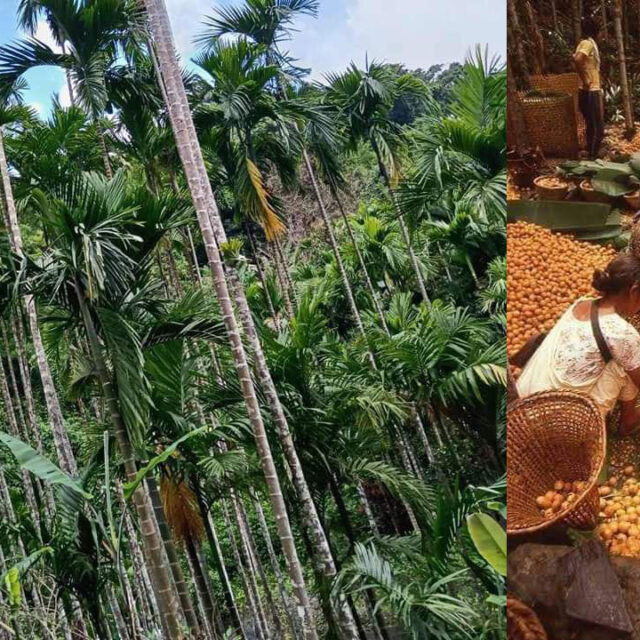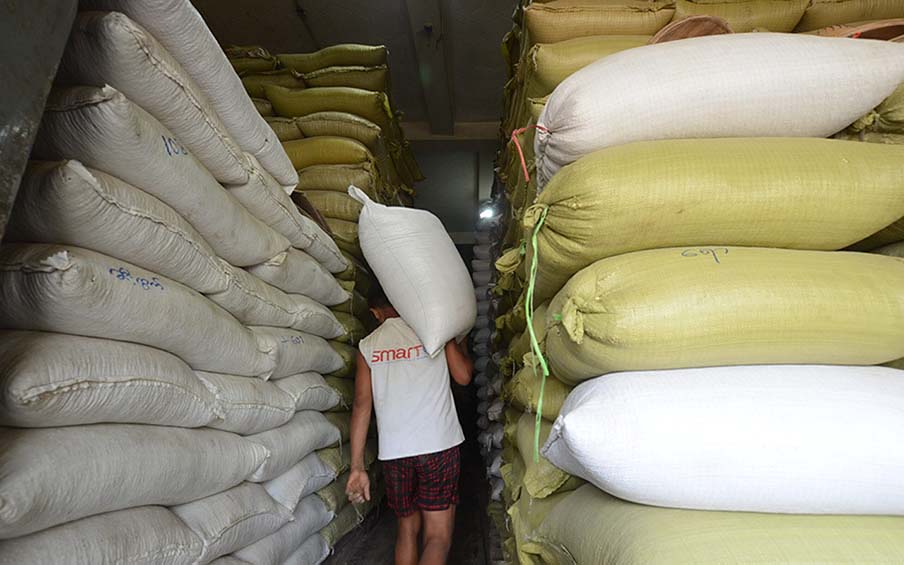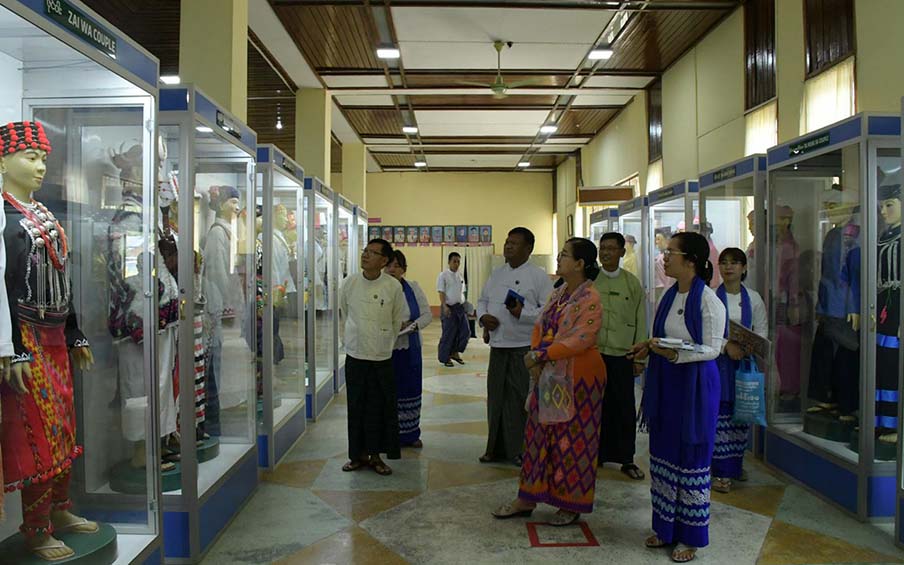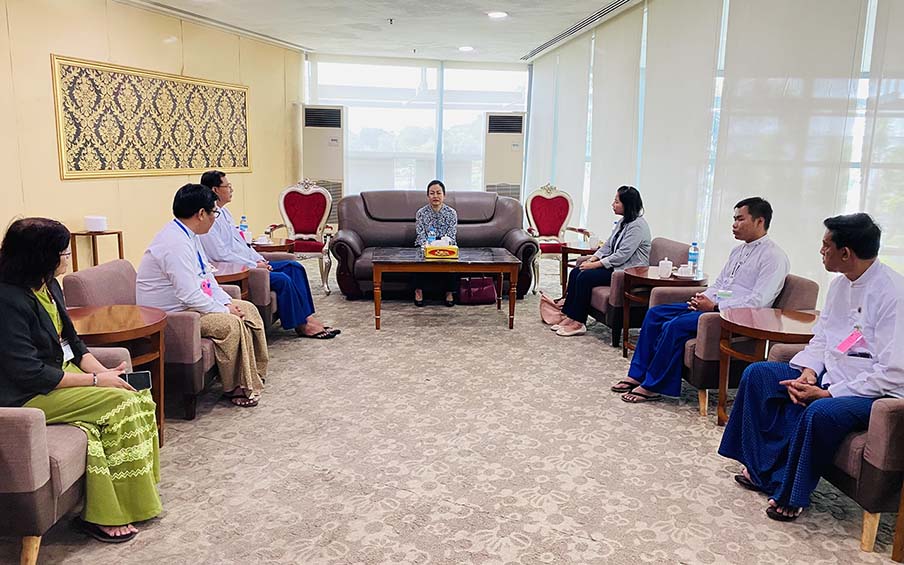The global trend of globalization and economic disparities has led to a steady increase in the number of migrant workers seeking job opportunities abroad. The desire for better employment prospects, varying labour costs, socioeconomic gaps, technological advancements, and easy access to migration-related information contributes to this rise.
According to the International Labour Organization (ILO) in 2021, there were approximately 169 million migrant workers worldwide in 2019, accounting for 4.9 per cent of the global labour force. During that year, these workers remitted over US$550 billion to their families.
However, the Covid-19 pandemic severely impacted migrant workers worldwide in recent years. Travel restrictions, job losses, and health challenges prevented many workers from sending money back to their families in their home countries. As the World Health Organization declared the end of the international public health emergency, countries gradually reopened their tourism sectors, leading to a resurgence in employment opportunities for migrant workers. Consequently, their earnings began flowing back to their home countries.
Statistics from the World Bank indicate that global remittances from migrant workers amounted to $781 billion in 2021, slightly lower than the $794 billion recorded in 2022. India, neighbouring Myanmar, topped the remittance table with $111 billion, followed by the Philippines at $38 billion, ranking fourth.
Myanmar’s migrant workers are dispersed across various countries, primarily Thailand, Malaysia, and the Republic of Korea. These workers sent more than $6 billion to their families between 2014 and July 2022. Over the past two years, more than 200,000 workers were legally employed abroad.
Unfortunately, millions of Myanmar labourers are working illegally in neighbouring countries. According to the ILO, around 1.5 million illegal Myanmar migrant workers reside in Thailand and Malaysia. Through informal remittance channels like the hundi system, these workers may have sent billions of US dollars back to their families. If the authorities create chances for Myanmar labourers at home, they can work at relevant workplaces conveniently for applying their techniques and experiences with reserved salaries and wages without the need to leave home.
Nevertheless, any income earned by migrant workers and transferred to their home country contributes not only to their families but also to the overall economic growth. By gaining experience abroad, these workers can utilize their skills to alleviate poverty and reduce the unemployment rate in their home country. Therefore, it is crucial for authorities to manage legal working opportunities for migrant workers to ensure their well-being and maximize their potential contribution.
Assist migrant workers: Enhancing a reliable workforce
- July 23, 2023
- 754














